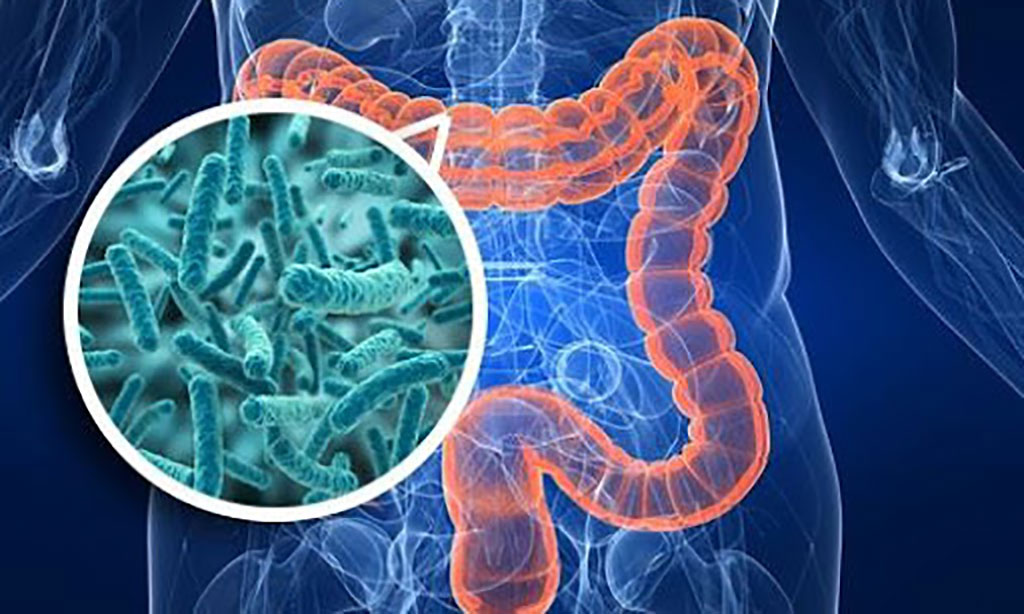Gut Microbiome Data Helps Routine Screening of Cardiovascular Disease
By LabMedica International staff writers
Posted on 22 Sep 2020
Besides genetics and environmental factors, gut microbiota has emerged as a new factor influencing cardiovascular disease (CVD). Although cause-effect relationships are not clearly established, the reported associations between alterations in gut microbiota and CVD are prominent.Posted on 22 Sep 2020
Recent studies have found a link between gut microbiota, the microorganisms in human digestive tracts, and, CVD which is the leading cause of mortality worldwide. Gut microbiota is highly variable between individuals, and differences in gut microbial compositions between people with and without CVD have been reported.

Image: Gut Microbiome Data Helps Routine Screening of Cardiovascular Disease (Photo courtesy of Nishant Mehta PhD).
Scientists at the University of Toledo (Toledo, OH, USA) hypothesized that machine learning (ML) could be used for gut microbiome–based diagnostic screening of CVD. To test their hypothesis, fecal 16S ribosomal RNA sequencing data of 478 CVD and 473 non-CVD human subjects collected through the American Gut Project were analyzed using five supervised ML algorithms, including random forest, support vector machine, decision tree, elastic net, and neural networks.
The team identified 39 differential bacterial taxa between the CVD and non-CVD groups. ML modeling using these taxonomic features achieved a testing area under the receiver operating characteristic curve (0.0, perfect antidiscrimination; 0.5, random guessing; 1.0, perfect discrimination) of ≈0.58 (random forest and neural networks). Next, the ML models were trained with the top 500 high-variance features of operational taxonomic units, instead of bacterial taxa, and an improved testing area under the receiver operating characteristic curves of ≈0.65 (random forest) was achieved.
Further, by limiting the selection to only the top 25 highly contributing operational taxonomic unit features, the area under the receiver operating characteristic curves was further significantly enhanced to ≈0.70. Among the bacteria identified were Bacteroides, Subdoligranulum, Clostridium, Megasphaera, Eubacterium, Veillonella, Acidaminococcus and Listeria were more abundant in the CVD group. Faecalibacterium, Ruminococcus, Proteus, Lachnospira, Brevundimonas, Alistipes and Neisseria were more abundant in the non-CVD group.
Bina Joe, PhD, FAHA, Distinguished University Professor and Chairwoman of the department of Physiology and Pharmacology, said, “Despite the fact that gut microbiomes are highly variable among individuals, we were surprised by the promising level of accuracy obtained from these preliminary results, which indicate fecal microbiota composition could potentially serve as a convenient diagnostic screening method for CVD.”
The authors concluded that overall, the study was the first to identify dysbiosis of gut microbiota in CVD patients as a group and apply this knowledge to develop a gut microbiome–based ML approach for diagnostic screening of CVD. The study was published on September 10, 2020 in the journal Hypertension.
Related Links:
University of Toledo








 (3) (1).png)





